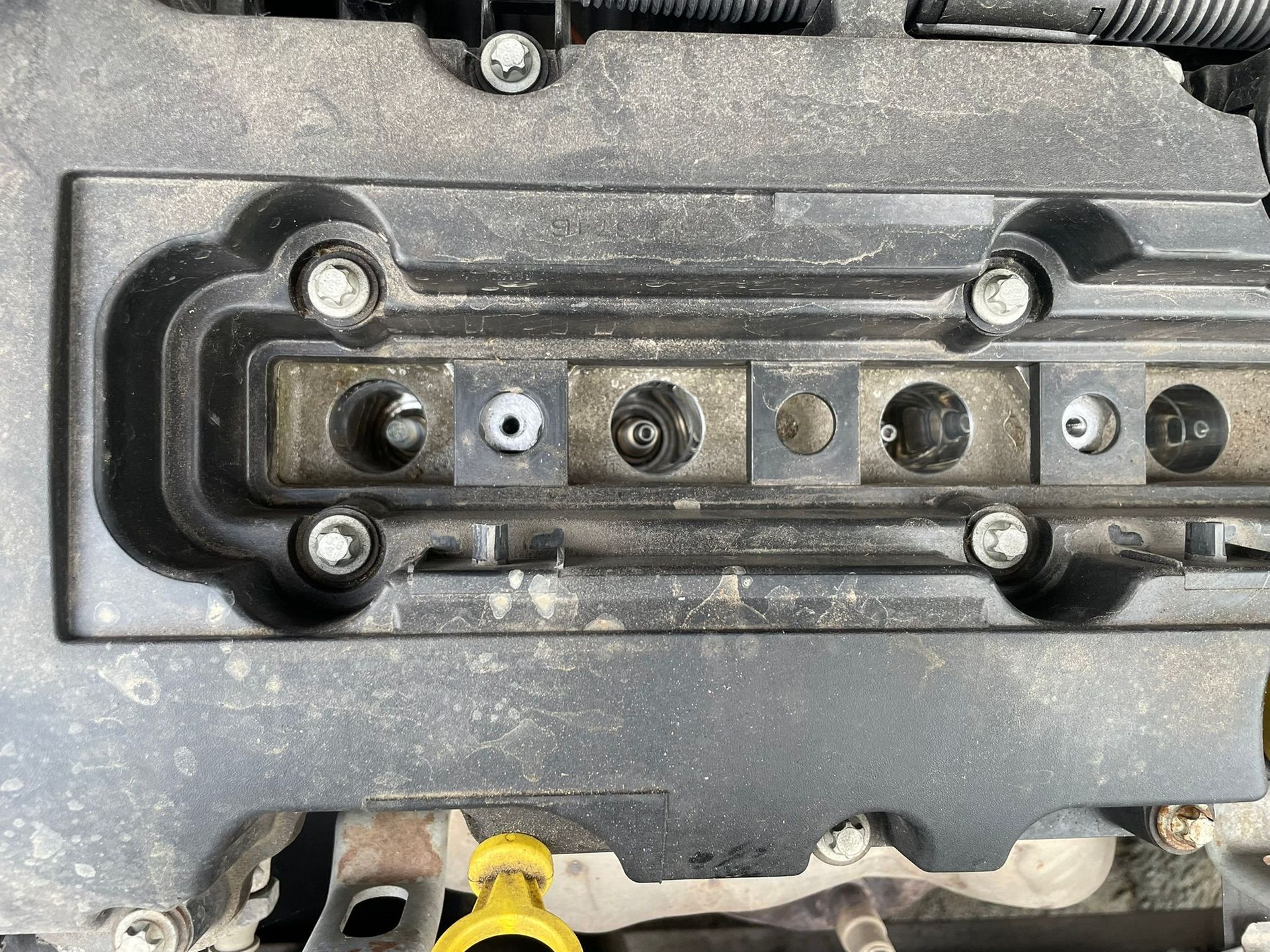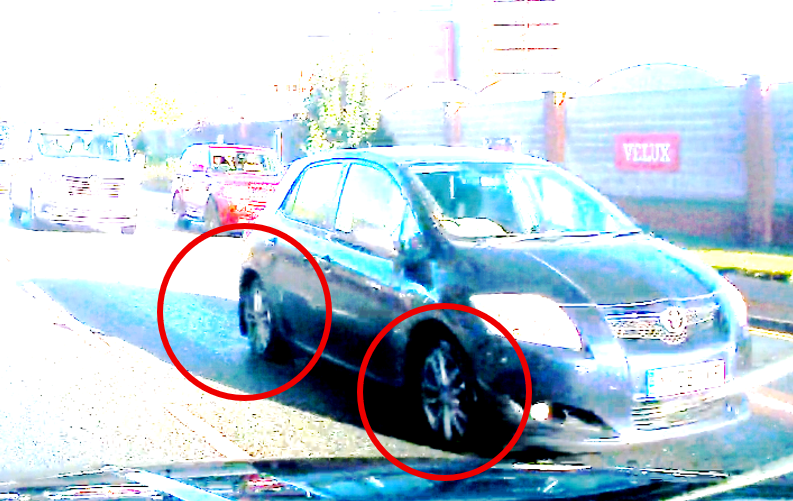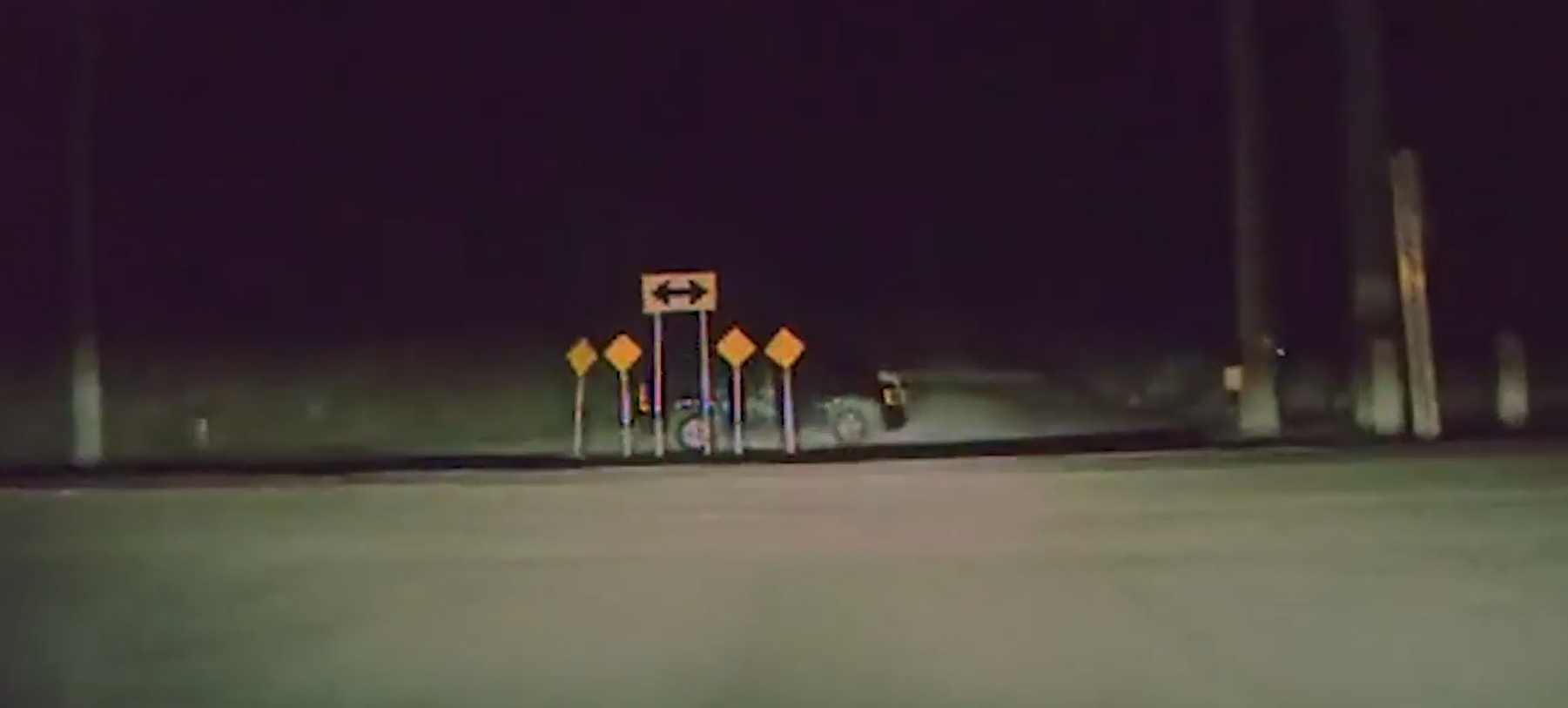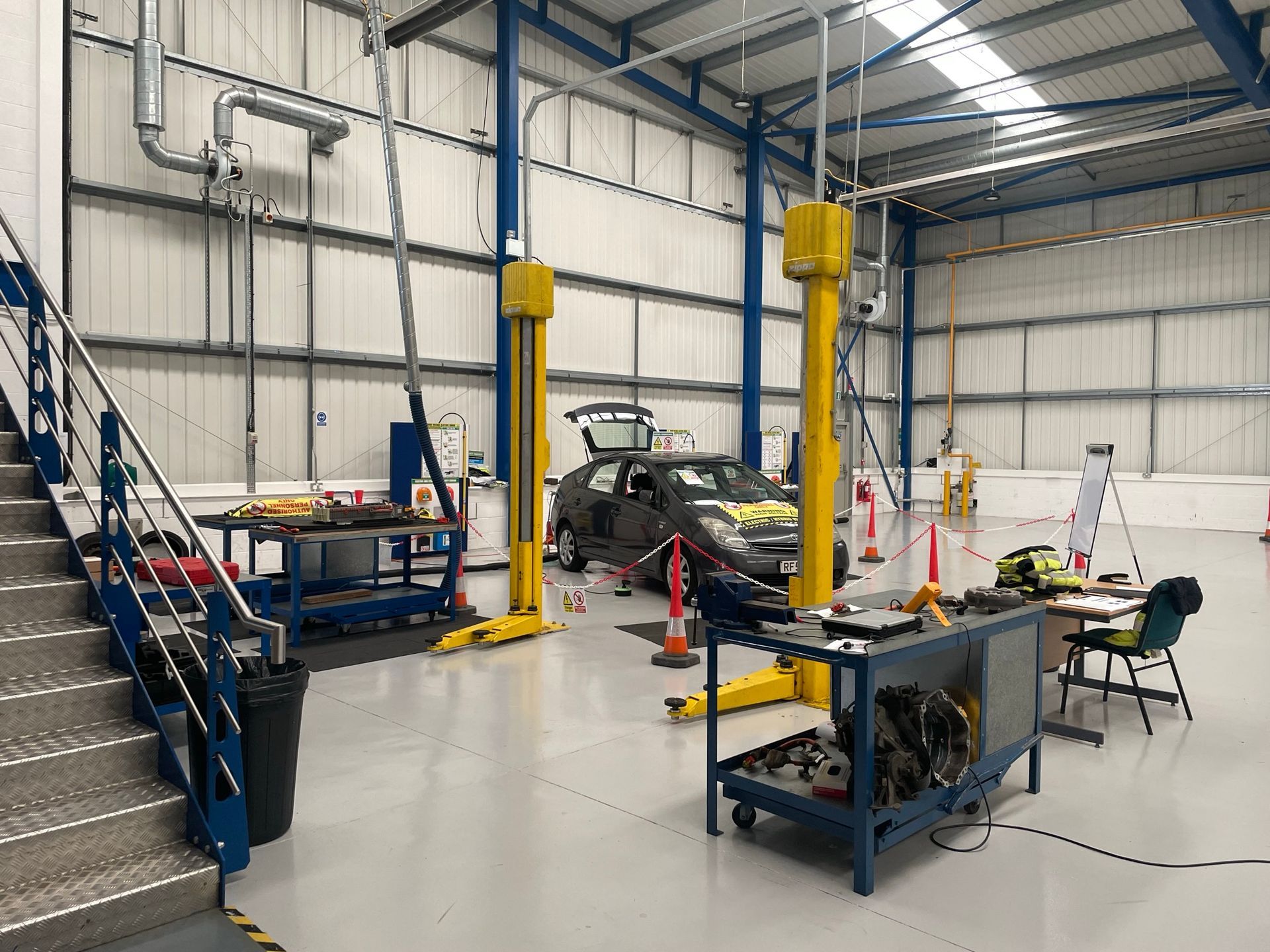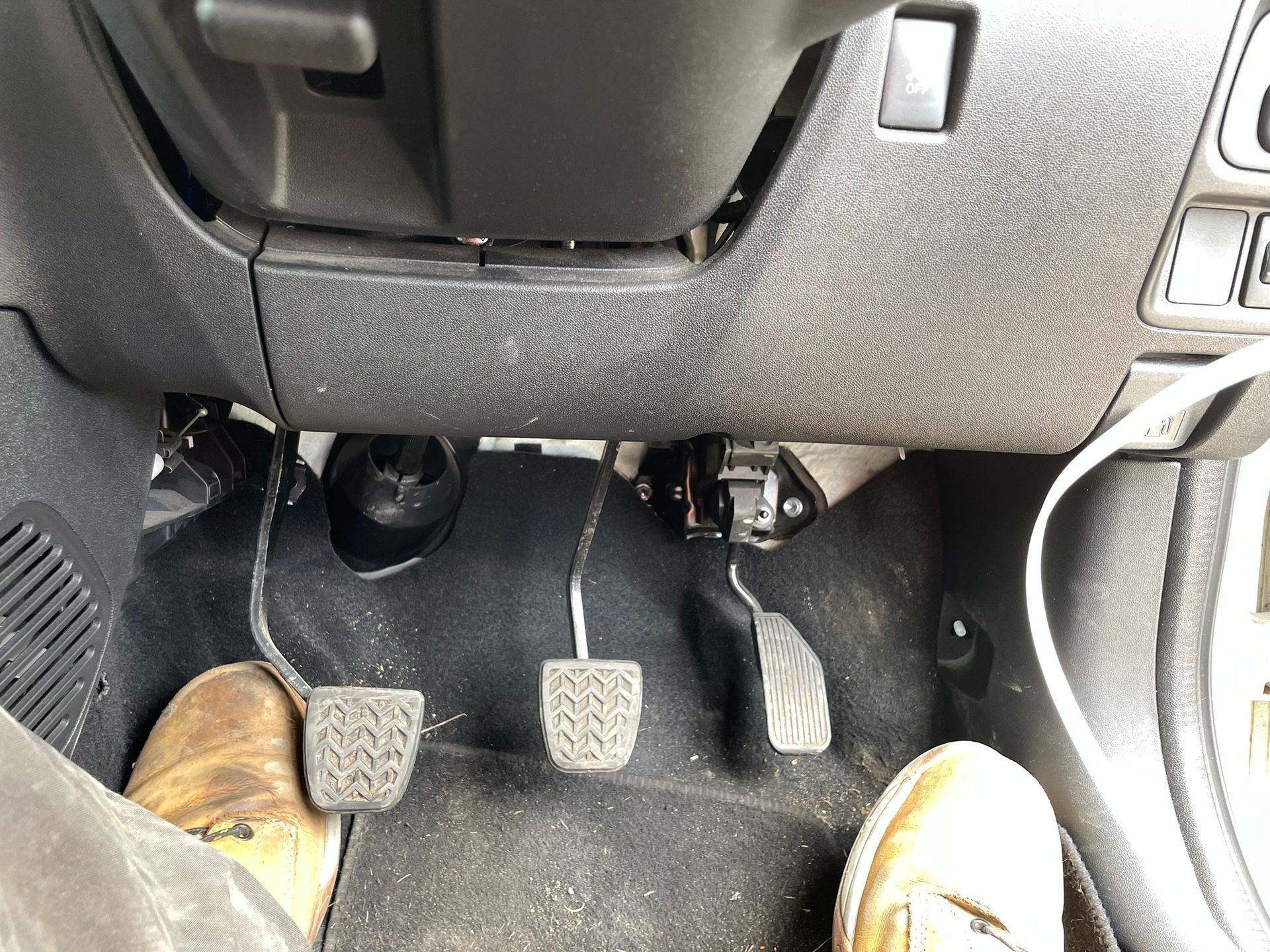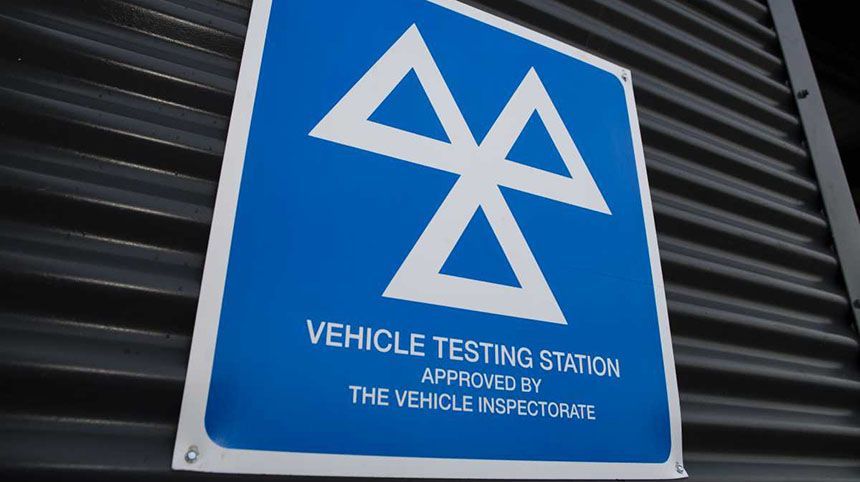Beyond the EDR Black Box: What EDR Data Can't Tell You (and how it might even lie to you)
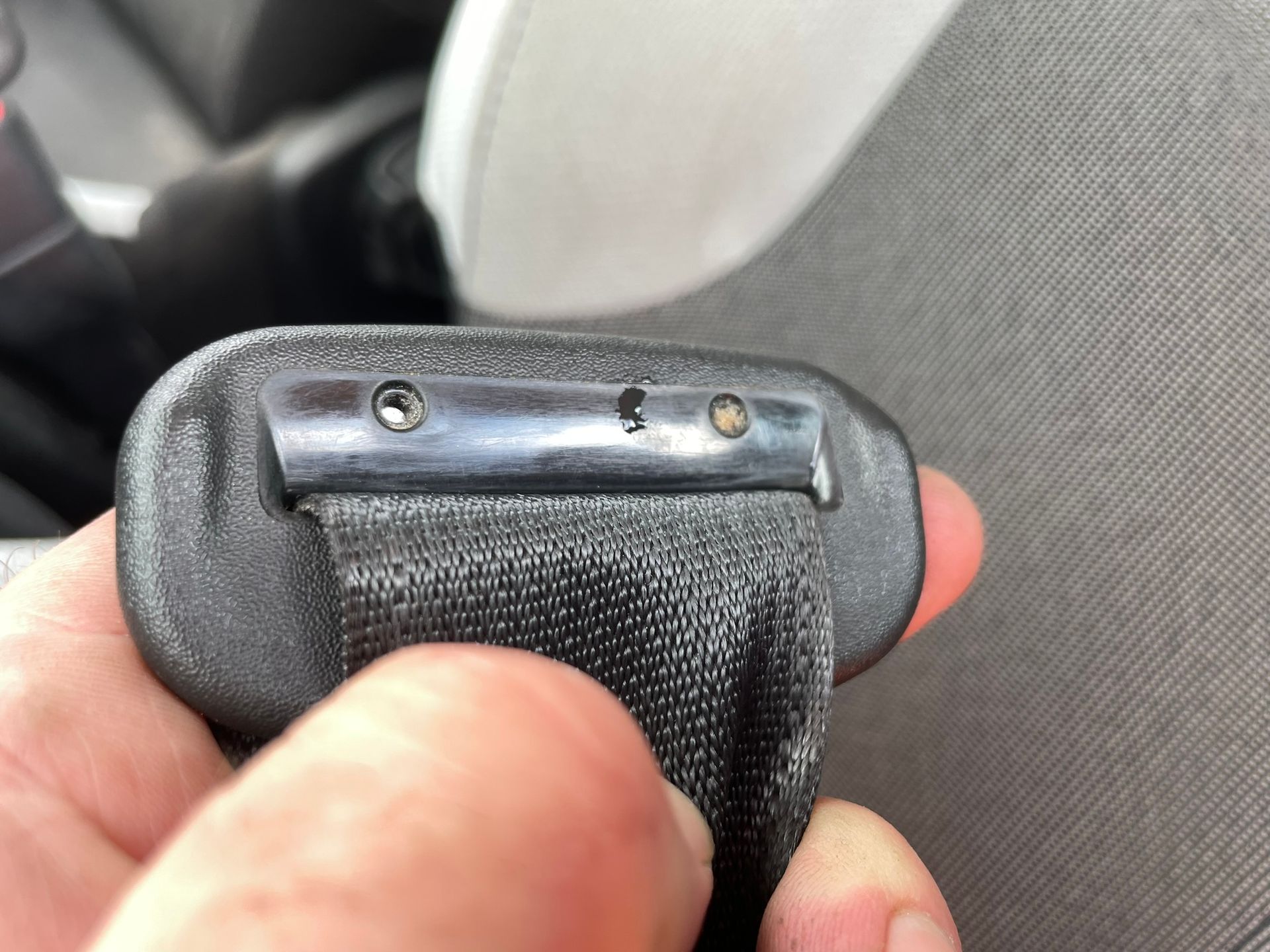
Have you ever encountered instances where you have been able to recover EDR data, but that data didn’t provide the full picture? (I would be keen to hear about them, if you are able to share).
What have optical illusions got to do with EDR data? Well, first of all, here is a link to some optical illusions (https://www.youtube.com/watch?v=C-nYZ37tchA ), just in case you want to view some.
Optical illusions are not what they appear to be, and EDR data can at times present you with a picture, but it is not the full picture and invariably, the picture it presents is wrong.
Having worked in EDR recovery since 2017, I’ve had my fair share of instances where EDR data has suggested one thing, but through the use of other information, I know the EDR data isn’t telling the truth or the whole picture. Here are just a few examples of where I have found EDR data to lack the full picture.
Vehicle speed – By far the most common question I get asked about EDR data, is whether it shows the vehicles speed. Whilst vehicle speed is a common feature found in EDR data, there are some problems with the recorded speed.
As investigators, we might assume that where the data shows a vehicle speed of say 40 miles per hour, the vehicle must have been travelling at that speed, right? I have found that is not always the true.
Every time a wheel rotates once full rotation, it will have travelled a set distance. If you know the distance the vehicle has travelled in one wheel rotation, and the time it took to do that, you can (or the car) can calculate how fast it is travelling.
This relationship is only true, whilst the wheels are on the road. Where a vehicle loses contact with the road (such as a rollover type event), that relationship is broken, because the wheel/s are no longer an accurate means of determining distance.
When the question of speed arises, you need to consider other factors, such as the physical damage, any sudden increases in speed which the vehicle should not be able to make, CCTV evidence, witness evidence and physical evidence.
Seatbelt being worn (or not) – In the case of Froom v Butcher [1976] QB 286, it was established that where a person was not wearing a seatbelt, which would have prevented or at least reduced their injury, a deduction would be made from the compensation payment that was made to them.
EDR data has the capability to determine whether a seatbelt was clipped in, but it does not have the capability to determine whether it was being worn correctly. There have been instances where EDR data has been used to demonstrate a seatbelt was being worn, when in fact that seatbelt was worn behind the occupant (in other words, it was not being worn behind the occupant so it offered no protection).
It is also conceivable that EDR data may show a seatbelt was not being worn, when in fact, it was. Like anything of a mechanical and electrical nature, these are susceptible to failure. Where the receiver does not detect the buckle, the signal will not be sent to show the seatbelt is being worn.
In instances where there is a question around whether an occupant was wearing a seatbelt or not, there are to areas to consider. The first is a physical inspection of the seatbelt system itself to determine whether it was being worn or not, a service which Driven Forensics offers. The second part to consider is the injury potential. This is not within the expertise of Driven Forensics, but I have heard and seen instances where the seatbelt and airbag systems have left the occupant with injuries.
Seat was occupied – In a collision I looked at in early 2024, the EDR data indicated someone was sat in the front passenger seat, but they were unbuckled. The driver at the time disputed the EDR data.
Surely, the data can’t get that wrong, can it? If you have got this far, I think you’ll know the answer is yes, of course it can get it wrong.
The answer in this instance was simple. The driver had a heavy bag which they had left on their front passenger seat, which was enough to trigger the pressure switch in the seat to believing someone (rather than something) was on top of it.
Another example of this came from a Fiat Bravo I used to own. The front seats had a pressure switch to register when the seat was occupied (and not). If the seat was unoccupied, it only looked for the driver to put their seatbelt on and when the front passenger seat was occupied, it expected both occupants to be wearing a seatbelt. Unfortunately, the pressure switch developed a fault, meaning that the car believed the front passenger seat was permanently occupied, when in fact, it wasn’t, nor was there any heavy objects on the seat. This kind of fault will have an effect on the EDR data.
This is all to say that if you are recovering EDR data, the EDR data is only telling you what is being registered by the vehicle at that moment, it doesn’t provide any context and so when considering EDR data in any collision, you need to consider what other information is available and whether that information contradicts the data recovered by the EDR.



